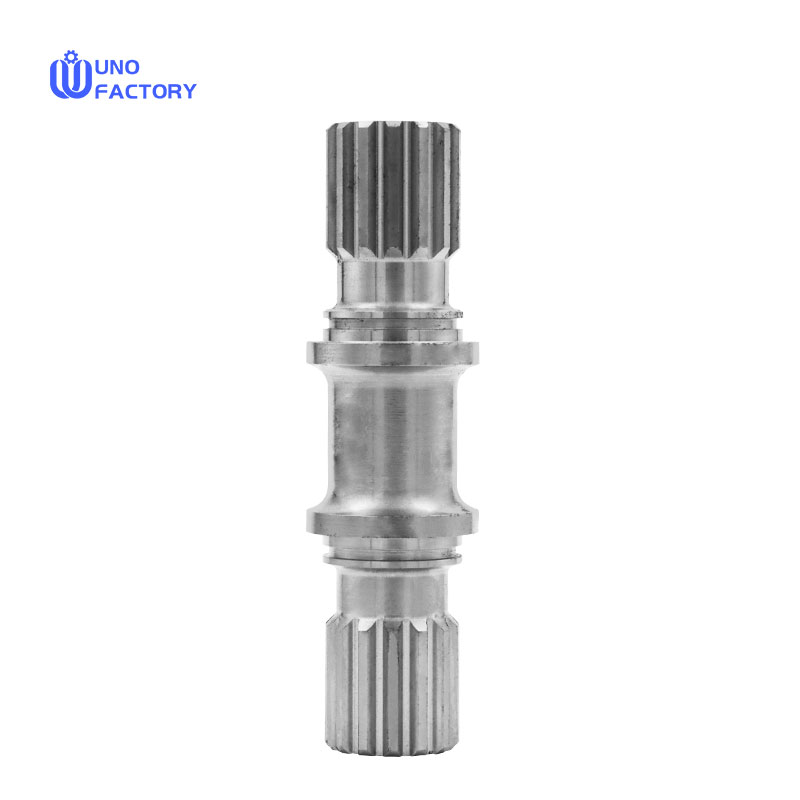Time to read: 6 min

CNC machining is a cornerstone of modern manufacturing, known for its precision and efficiency. Among the various CNC processes, lathes and turning centers stand out as versatile tools for shaping materials into desired forms.
Understanding CNC Lathes and Turning Centers
- CNC Lathe: A CNC lathe is a machine tool that rotates a workpiece to perform operations and shape it into a cylindrical form. It operates with computer programming that oversees the cutting process, resulting in high-precision work.
- CNC Turning Center: A more advanced version of a lathe, a CNC turning center can have multiple axes (3-axis, 4-axis, and 5-axis) and is capable of more complex operations, including milling and drilling, in addition to turning.
Key Differences
- Machining Process: CNC lathes are less complex and more manual, while turning centers are computer-driven and can handle more intricate tasks.
- Components: Lathes consist of components like chucks, spindles, turrets, and tailstocks, whereas turning centers have CNC control panels, foot pedals, and feedback devices.
- Machine Types: Lathes come in flatbed, slant bed, and vertical types, while turning centers are typically horizontal or vertical.
- Precision and Complexity: Turning centers offer higher precision and are more versatile due to additional axes and features.
Advantages of CNC Lathes
- Accuracy: CNC lathes provide high precision, reducing the production of faulty goods.
- Productivity: They can work on multiple parts simultaneously, increasing production efficiency.
- Cost-Effectiveness: Require less labor and training, reducing operational costs.
Advantages of CNC Turning Centers
- Versatility: Multi-axis capabilities allow for higher precision and a wider range of operations.
- Speed: Enable the creation of intricate designs with shorter production times and higher accuracy.
- Efficiency: Reduce the need for additional machinery, as they can perform multiple functions.
Cost Analysis
- Initial Investment: CNC lathes have lower setup costs, while turning centers can be more expensive due to their complexity and capabilities.
- Operational Costs: Lathes have lower operational costs due to fewer axes, but turning centers may save more operational costs in the long run due to higher production efficiency.
Material Options
Both CNC lathes and turning centers can work with a variety of materials, including metals, plastics, wood, and wax.
Industrial Applications
CNC lathes and turning centers are used in various industries, such as automotive, aerospace, medical, oil and gas, electronics, and woodworking, for manufacturing components like gears, engine parts, and intricate devices.
Choosing the Right Machining Process
Selecting between a CNC lathe and a turning center depends on the project's specific requirements, production scale, and available investment. Factors to consider include tool life, maintenance, production volume, cost, material properties, and design complexity.
Conclusion
CNC lathes and turning centers each have their strengths and ideal applications. Understanding their differences and choosing the appropriate process can significantly impact manufacturing outcomes.




